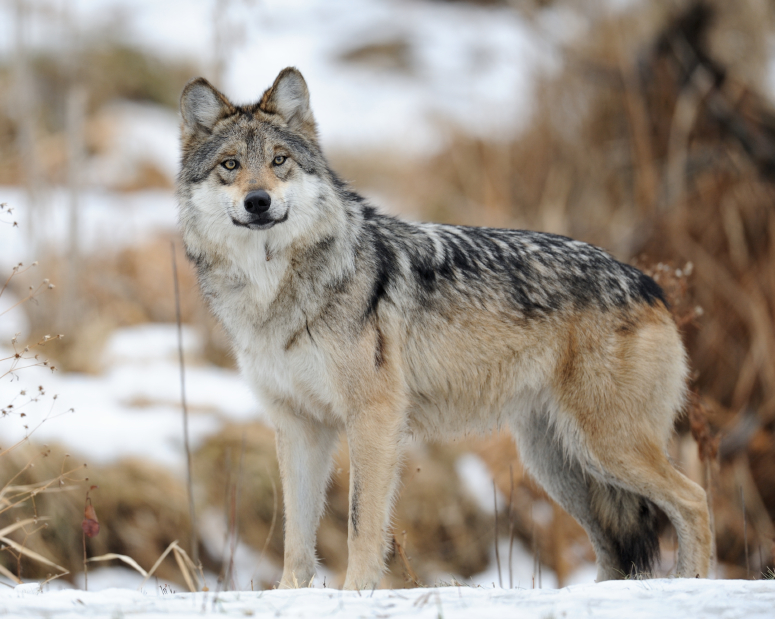SCB North America and the American Society of Mammalogists comment on Mexican wolf recovery
The Mexican wolf (Canis lupus baileyi) represents one of the most distinct genetic lineages of wolves in the Western Hemisphere. This subspecies is also one of the most endangered mammals in North America and, as early as 1976, was protected under the Endangered Species Act. A single experimental population was reintroduced to the Blue Range of Arizona and New Mexico beginning in 1998. Between 2003 and 2009, growth of the wild population stagnated due to the regulatory structure of the reintroduction program, an out-of-date recovery plan, illegal shooting of individual wolves, and the effects of continued genetic inbreeding. Although population growth has resumed since 2009, each year that the captive and wild Mexican wolf populations remain at or near currently low population levels brings greater risk that the effects of genetic inbreeding will cause irreparable harm to the subspecies.
 |
| The Mexican wolf (Canis lupus bailey) |
In view of the ongoing threats to the viability of the Mexican wolf population, SCB North America and the American Society of Mammalogists submitted comments to the Fish and Wildlife Service on proposed revisions to management of Mexican wolf recovery. The SCBNA/ASM comments focused on 5 ways in which management proposals could be improved to more effectively recover the subspecies:
1. De-couple revisions to management of the Mexican wolf population from national wolf delisting;
2. Designate a geographic area for listing of the subspecies based on the best available scientific data;
3. Resume recovery planning;
4. Increase the rate of new releases from the captive population, including through establishment of new populations; and
5. Allow dispersal beyond the Mexican Wolf Experimental Population Area (MWEPA), or expand the MWEPA.
The full comment letter can be downloaded here.